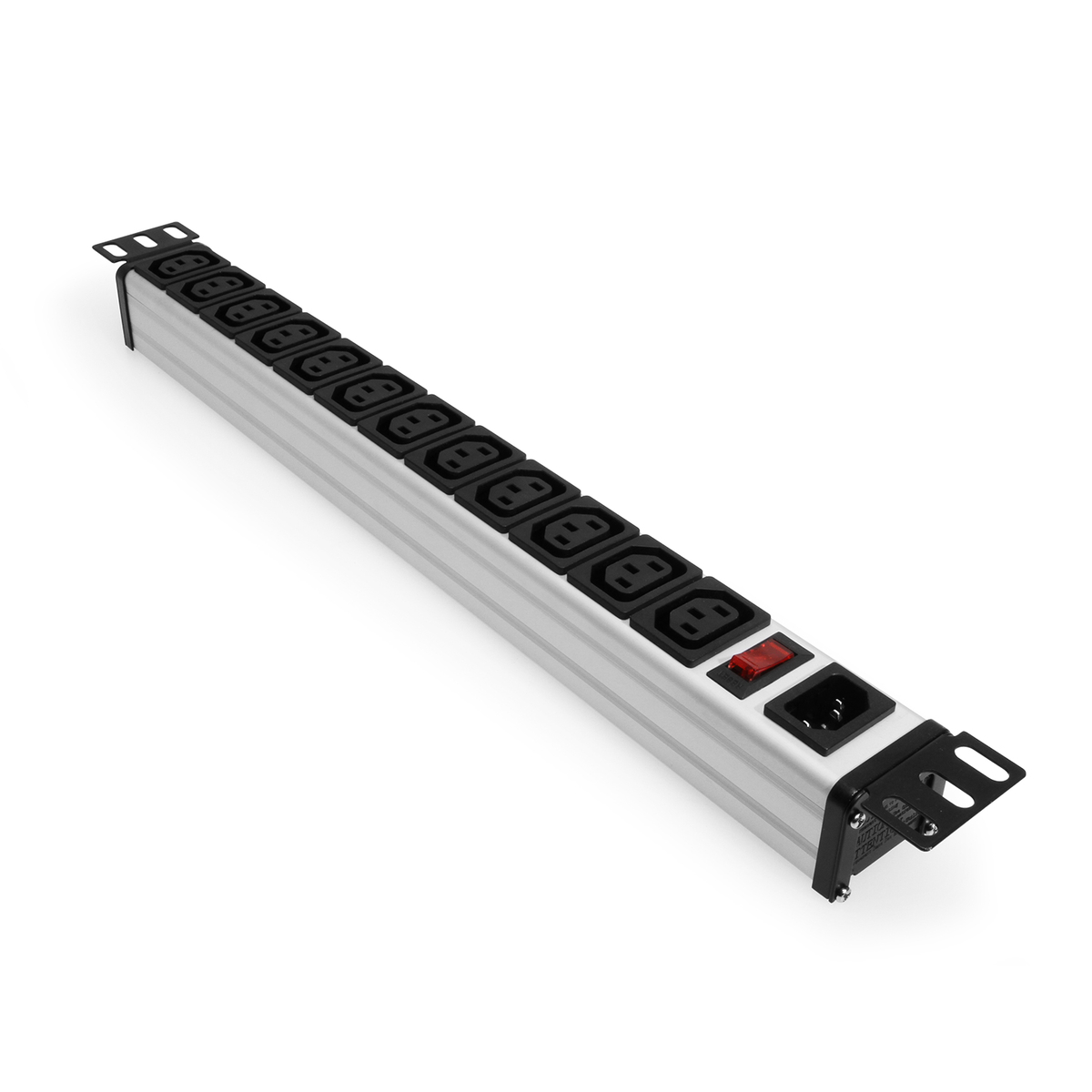

Articles
What Does A Power Strip Do
Modified: January 22, 2024
Discover the functionality and benefits of a power strip in this informative article. Learn how power strips provide convenient access to multiple outlets, offering enhanced safety and organization.
(Many of the links in this article redirect to a specific reviewed product. Your purchase of these products through affiliate links helps to generate commission for Storables.com, at no extra cost. Learn more)
Introduction
Welcome to the world of power strips! In today’s modern world, we rely heavily on electrical devices and gadgets to assist us in our daily lives. From charging our smartphones to powering our laptops, these devices have become an integral part of our routines. This increased dependency on electronics has led to a need for additional power outlets. That’s where power strips come into the picture.
A power strip, also known as an extension block or surge protector, is a handy device that provides multiple electrical outlets from a single source. They offer a practical solution for those moments when there aren’t enough wall outlets to accommodate all your electronic devices.
But power strips are more than just a way to increase the number of outlets available. They are designed with safety features and additional functionality to protect your valuable devices and enhance your overall user experience. In this article, we will explore the ins and outs of power strips, their benefits, different variations, safety considerations, and how to choose the right one for your needs.
So, whether you’re a tech enthusiast looking to power your gaming setup or someone who simply wants to organize their workspace, this article will provide you with the knowledge you need to make an informed decision when it comes to power strips.
Key Takeaways:
- Power strips offer convenience, surge protection, and energy-saving options, making them essential for managing multiple devices. Choose wisely based on outlets, surge protection, and additional features to maximize their benefits.
- Prioritize safety when using power strips by checking electrical ratings, avoiding daisy-chaining, and keeping them away from water. Choose a power strip with surge protection, individual switches, and the right cord length for optimal usage.
Read more: What Do Joules Mean On A Surge Protector
Definition of a Power Strip
A power strip is a compact and versatile electrical device that allows you to plug multiple electronic devices into a single power outlet. It is essentially an extension cord with multiple outlets, typically ranging from 4 to 12, that enable you to power and charge various devices simultaneously.
Power strips often come in a strip-like form factor with a cord attached to one end and multiple sockets or receptacles on the other end. The cord, usually of a sufficient length, allows you to position the power strip conveniently while still having access to the outlets.
What sets a power strip apart from a regular extension cord is its additional functionality and built-in safety features. Many power strips are equipped with surge protection, which safeguards your connected devices from sudden power spikes or surges that can cause damage. Surge protection technology redirects excess voltage away from your electronics, providing an extra layer of protection.
In addition to surge protection, some power strips also come with features like USB ports, Ethernet connections, or even wireless charging capabilities. These added functionalities make power strips a versatile solution for not only powering devices but also for connecting them to the internet or charging them without the need for separate adapters.
Overall, the primary purpose of a power strip is to provide a convenient and safe way to expand the number of electrical outlets available to you. Whether you’re in the office, at home, or on the go, power strips ensure that you can power and charge your devices efficiently and effectively.
How Does a Power Strip Work?
At first glance, a power strip may seem like a simple device, but it incorporates several components that work together to provide you with multiple power outlets. Understanding how a power strip works can help you make the most out of its functionality and ensure safe usage.
At the core of a power strip is the power cord, which is responsible for connecting the strip to the main electrical outlet. It is usually a durable and insulated cord that is long enough to offer flexibility in placing the power strip in different locations. The power cord is designed to handle the flow of electricity from the wall outlet to the power strip.
Connected to the power cord are multiple outlets or receptacles. These are the slots where you can plug in your electronic devices. Each outlet provides access to the electrical current flowing through the power strip. The number of outlets can vary depending on the model and size of the power strip.
A crucial component of many power strips is surge protection. Electrical surges occur when there is a sudden increase in voltage, which can potentially damage your electronic devices. Surge protectors in power strips act as a defense mechanism against such voltage spikes. They contain a metal oxide varistor (MOV) or a circuit breaker that detects excessive voltage and redirects the excess energy away from your devices, protecting them from harm.
Furthermore, power strips often feature a master switch or individual switches for each outlet. These switches allow you to control the power supply to different outlets independently. This feature comes in handy when you want to conserve energy or when you need to turn off specific devices without unplugging them.
Some power strips also incorporate additional features like LED indicators. These indicators provide visual feedback, such as a power-on or surge protection status, allowing you to quickly identify the operational state of the power strip.
Overall, the functioning of a power strip is relatively straightforward. It harnesses the power from a single electrical outlet and divides it among multiple outlets, ensuring that you can power multiple devices simultaneously. The safety features like surge protection and individual switches make power strips a reliable and efficient solution for managing your electronic devices.
Benefits of Using a Power Strip
Using a power strip offers several advantages that go beyond simply increasing the number of available electrical outlets. Let’s explore some of the key benefits of incorporating a power strip into your daily life:
- Convenience: A power strip eliminates the hassle of searching for available power outlets. With multiple outlets in one compact device, you can conveniently plug in and power all of your electronic devices simultaneously, whether it’s in your office, living room, or bedroom.
- Space-saving: Power strips help declutter and organize your workspace by efficiently managing the cables from your electronic devices. Instead of having tangled cords running everywhere, a power strip allows you to neatly and centrally arrange the cables, making your space look tidy and providing easier access to your devices.
- Flexibility: The long power cord of a power strip gives you the freedom to position it wherever it is most convenient for you, even if the nearest power outlet is far away. This flexibility allows you to adapt your workspace layout or accommodate devices that require a longer reach.
- Surge protection: One of the significant advantages of using a power strip is its built-in surge protection. Electrical surges, whether caused by lightning strikes or fluctuations in power supply, can damage your valuable electronic devices. A power strip with surge protection safeguards your devices by diverting excess voltage away from them, providing peace of mind and potentially saving you from costly repairs or replacements.
- Energy-saving: Many power strips come with individual switches for each outlet. This feature allows you to turn off the power supply to specific devices when they are not in use, preventing them from consuming idle power. By using a power strip with switches, you can reduce energy wastage, lower your electricity bill, and contribute to a greener environment.
- Versatility: Depending on the model, power strips may offer additional features like USB ports, Ethernet connections, or wireless charging capabilities. This added versatility allows you to connect and charge your devices without the need for separate adapters or cables, further simplifying your setup.
By utilizing a power strip, you can enjoy the convenience, organization, flexibility, and safety that it provides. Whether you’re at home, in the office, or on the go, a power strip is a valuable tool for managing your electronic devices efficiently and effectively.
A power strip is a convenient way to expand the number of electrical outlets available and protect your devices from power surges. Be sure to choose a power strip with surge protection to keep your electronics safe.
Common Features and Variations of Power Strips
Power strips come in a variety of designs and configurations, each offering different features to cater to specific needs. Let’s explore some of the common features and variations you may encounter when shopping for a power strip:
- Number of outlets: Power strips can range from having as few as 4 outlets to as many as 12 or more. Consider the number of devices you need to power simultaneously and choose a power strip with enough outlets to accommodate your needs.
- Cord length: The length of the power strip’s cord is an important consideration, especially if you need to position it far away from the power outlet. Look for a power strip with a cord length that allows for flexibility in placement without straining the cables.
- Surge protection: Many power strips are equipped with surge protection technology. This feature safeguards your electronic devices from sudden power spikes or surges that can damage them. Consider investing in a power strip with surge protection to protect your valuable devices.
- Individual switches: Some power strips have individual switches for each outlet. These switches allow you to turn off the power supply to specific devices without unplugging them. This feature helps save energy and provides added convenience in managing your devices.
- USB ports: With the proliferation of USB-powered devices, many power strips now include USB ports for easy charging. These ports eliminate the need for separate adapters and allow you to charge your smartphones, tablets, or other USB devices directly from the power strip.
- Ethernet connections: Certain power strips are designed with built-in Ethernet ports. This feature allows you to conveniently connect your devices to the internet without the need for separate Ethernet cables or additional networking equipment.
- Wireless charging: Some power strips come with wireless charging capabilities. These strips have built-in wireless charging pads that allow you to charge compatible devices by simply placing them on the strip, eliminating the need for cables or adapters.
- Mounting options: Some power strips offer mounting options, such as keyhole slots or adhesive pads, for easy installation on walls, desks, or under the furniture. Mountable power strips help keep your space organized and minimize clutter.
- Smart functionality: A growing trend in power strips is the inclusion of smart features. These smart power strips can be controlled remotely through smartphone apps or voice assistants, allowing you to turn devices on or off, schedule power supply, or monitor energy usage.
When shopping for a power strip, consider your specific requirements and choose one that best meets your needs. Whether it’s the number of outlets, surge protection, USB ports, or smart functionality, the wide range of features and variations ensures that you can find a power strip that suits your preferences and enhances your overall user experience.
Read more: How Long Does Surge Protector Last
Safety Considerations When Using a Power Strip
While power strips offer convenience and expand the number of available outlets, it’s important to keep safety in mind when using them. Here are some essential safety considerations to ensure the proper and safe use of power strips:
- Check the electrical rating: Before plugging in devices, ensure that the power strip can handle the electrical load. Each power strip has a maximum electrical rating, typically measured in amps, which should not be exceeded. Overloading the power strip can lead to overheating, potential fire hazards, and damage to your devices.
- Avoid daisy-chaining: Daisy-chaining refers to connecting multiple power strips together in a series, often called “piggybacking.” This practice increases the risk of overloading the electrical circuit and can lead to overheating and potential hazards. Instead, use a power strip with sufficient outlets to meet your needs or consider using a higher-capacity power strip.
- Keep away from water and moisture: Power strips should be kept away from areas where they can come into contact with water or moisture, such as bathrooms, kitchens, or outdoor locations. Water and electricity are a dangerous combination and can lead to electric shocks or short circuits. Always ensure that power strips remain dry to avoid any potential accidents.
- Avoid covering the power strip: While it may be tempting to cover a power strip to hide the cords or protect it from dust, it’s essential to avoid covering it with fabric, rugs, or other materials. Covered power strips can trap heat, leading to overheating and potential fire hazards. Allow for adequate ventilation and airflow around the power strip to prevent overheating.
- Regularly inspect the power strip: Periodically inspect your power strip for any signs of damage, wear, or frayed cables. If you notice any damaged components, exposed wires, or loose connections, discontinue using the power strip immediately and replace it. Using a faulty power strip can pose safety risks and potentially damage your devices.
- Unplug unused devices: When devices are not in use, it’s advisable to unplug them from the power strip. This helps to conserve energy and reduce the risk of electrical accidents. Leaving devices plugged in but powered off can still consume standby power, making it important to disconnect them when not in use.
- Use power strips for temporary solutions: Power strips are designed for temporary use, such as powering electronic devices or charging gadgets. It’s important to avoid using power strips as a permanent substitute for proper electrical installations. For permanent installations, consult a qualified electrician to ensure safety compliance.
By following these safety considerations, you can mitigate risks and ensure the safe usage of power strips. Prioritize safety at all times to protect your devices, prevent accidents, and maintain a secure electrical environment in your home or workspace.
Choosing the Right Power Strip for Your Needs
With a wide range of power strips available on the market, selecting the right one can seem overwhelming. However, considering a few key factors will help you choose a power strip that meets your specific needs. Here are some important considerations to keep in mind:
- Number of outlets: Assess your requirements and determine how many outlets you need on the power strip. Consider not only your current devices but also any future additions. A power strip with more outlets will provide greater flexibility and accommodate all your devices.
- Surge protection: To safeguard your valuable electronic devices from power surges, look for a power strip with built-in surge protection. Surge protectors divert excess voltage away from your devices, protecting them from damage. Make sure the power strip has an appropriate joule rating, typically mentioned in the product specifications.
- Cord length: Consider the length of the power strip’s cord as it determines the reach from the power outlet to your devices. Ensure the cord length is adequate for your intended use and allows for flexibility in positioning the power strip.
- Additional features: Determine if you require any additional features like USB ports, Ethernet connections, or wireless charging capabilities. These features can enhance the functionality and usability of the power strip, providing convenient options for charging, connectivity, and reducing cable clutter.
- Energy-saving options: Look for a power strip with individual switches for each outlet. These switches allow you to turn off the power supply to specific devices when they are not in use, reducing unnecessary energy consumption. This feature can help lower your electricity bills and contribute to a greener environment.
- Quality and brand: Choose power strips from reputable brands known for producing reliable and safe electrical products. Look for power strips that have been tested and certified by recognized safety organizations, such as Underwriters Laboratories (UL), to ensure they meet the necessary safety standards.
- Reviews and ratings: Before making a purchase, take the time to read customer reviews and ratings. The experiences and feedback of other users can provide valuable insights into the performance, durability, and safety of the power strip you are considering.
- Budget: Set a budget that aligns with your needs and preferences. Power strips with additional features or advanced technology may come at a higher price point. Determine which features are essential for you and select a power strip that fits within your budget.
By considering these factors and understanding your specific requirements, you can choose a power strip that meets your needs effectively. Whether it’s the number of outlets, surge protection, additional features, or budget, finding the right power strip will enhance your power management and ensure the safety of your devices.
Conclusion
Power strips have become an essential tool in our increasingly connected and technology-driven world. They provide a practical solution for expanding the number of electrical outlets available while offering additional features for convenience and safety. Understanding the benefits, variations, and safety considerations associated with power strips can help you make informed choices and maximize their functionality.
With their convenience and space-saving design, power strips help us manage the ever-growing number of electronic devices in our lives. They provide a centralized and organized way to power and charge multiple devices simultaneously, eliminating the need for excessive wall outlets and tangled cords.
One of the key advantages of using a power strip is the surge protection it offers. A power strip with surge protection safeguards your valuable devices from voltage spikes and potential damage. By redirecting excess voltage away from your devices, surge protection helps extend their lifespan and provides peace of mind.
Power strips are available in various configurations, offering features such as USB ports, Ethernet connections, wireless charging, and individual switches. These features enhance the versatility and usability of the power strip, allowing for easy connectivity, efficient power management, and reduced energy consumption.
As with any electrical device, it is crucial to prioritize safety when using power strips. Considering factors such as the electrical rating, avoiding daisy-chaining, and keeping the power strip away from water and moisture are essential safety precautions. Regularly inspecting the power strip for damage and using it as a temporary solution rather than a permanent substitute are also important safety considerations.
When choosing a power strip, factors such as the number of outlets, surge protection, cord length, additional features, quality, and brand reputation should be taken into account. Reading customer reviews and staying within budget can further aid in making an informed decision.
In conclusion, power strips provide a practical and efficient solution for managing our electronic devices. With their convenience, safety features, and versatility, power strips play an integral role in keeping our spaces organized, protecting our devices, and simplifying our power management needs. By following safety guidelines and selecting the right power strip for our specific requirements, we can fully leverage the benefits that these devices offer.
Frequently Asked Questions about What Does A Power Strip Do
Was this page helpful?
At Storables.com, we guarantee accurate and reliable information. Our content, validated by Expert Board Contributors, is crafted following stringent Editorial Policies. We're committed to providing you with well-researched, expert-backed insights for all your informational needs.
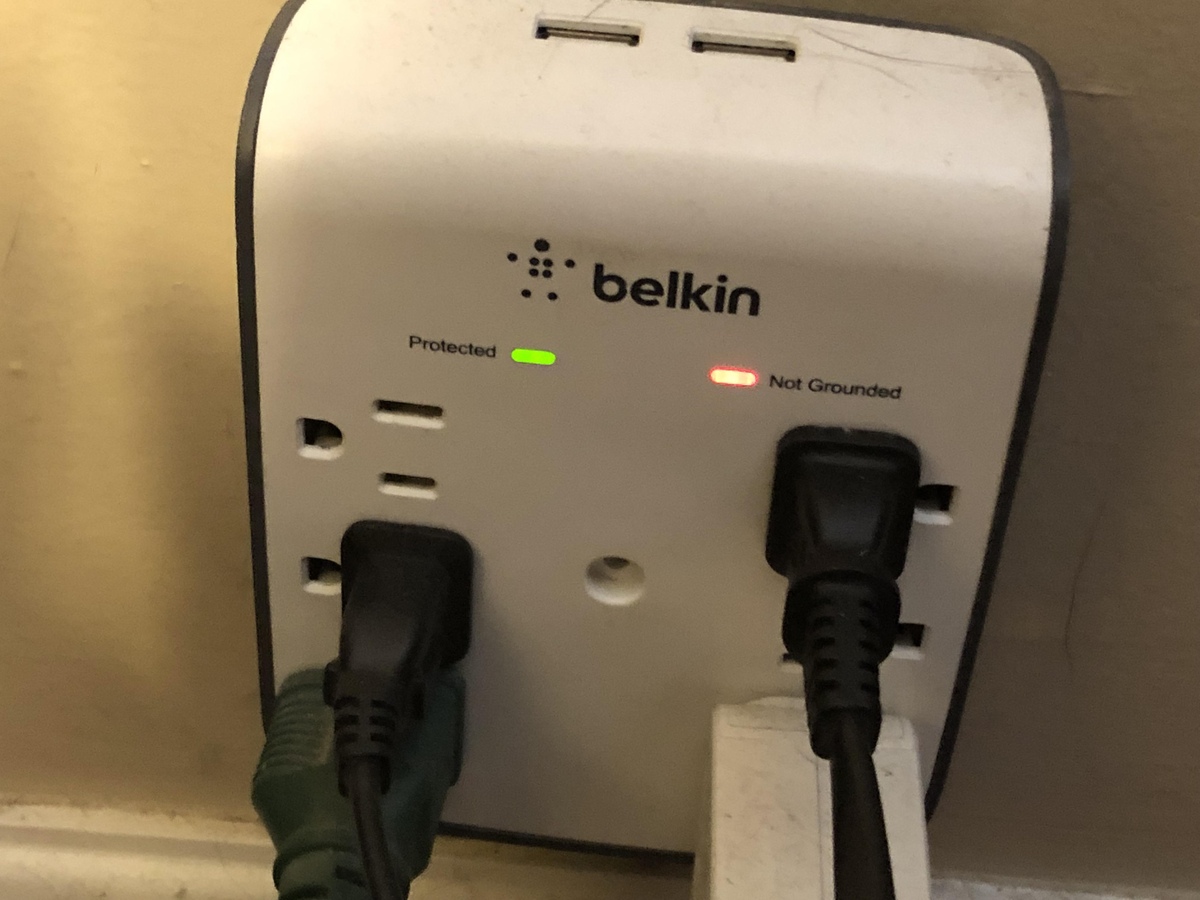
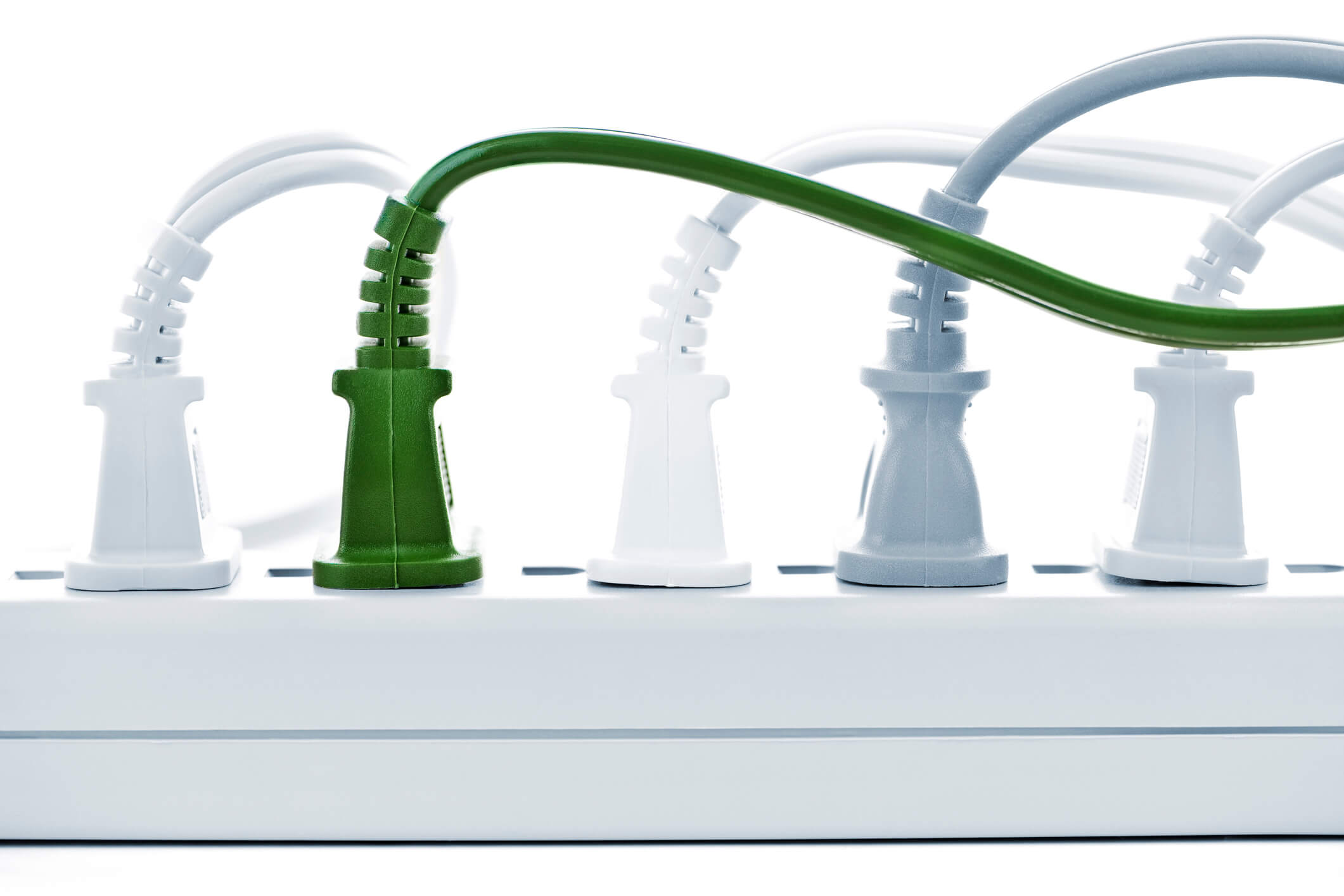
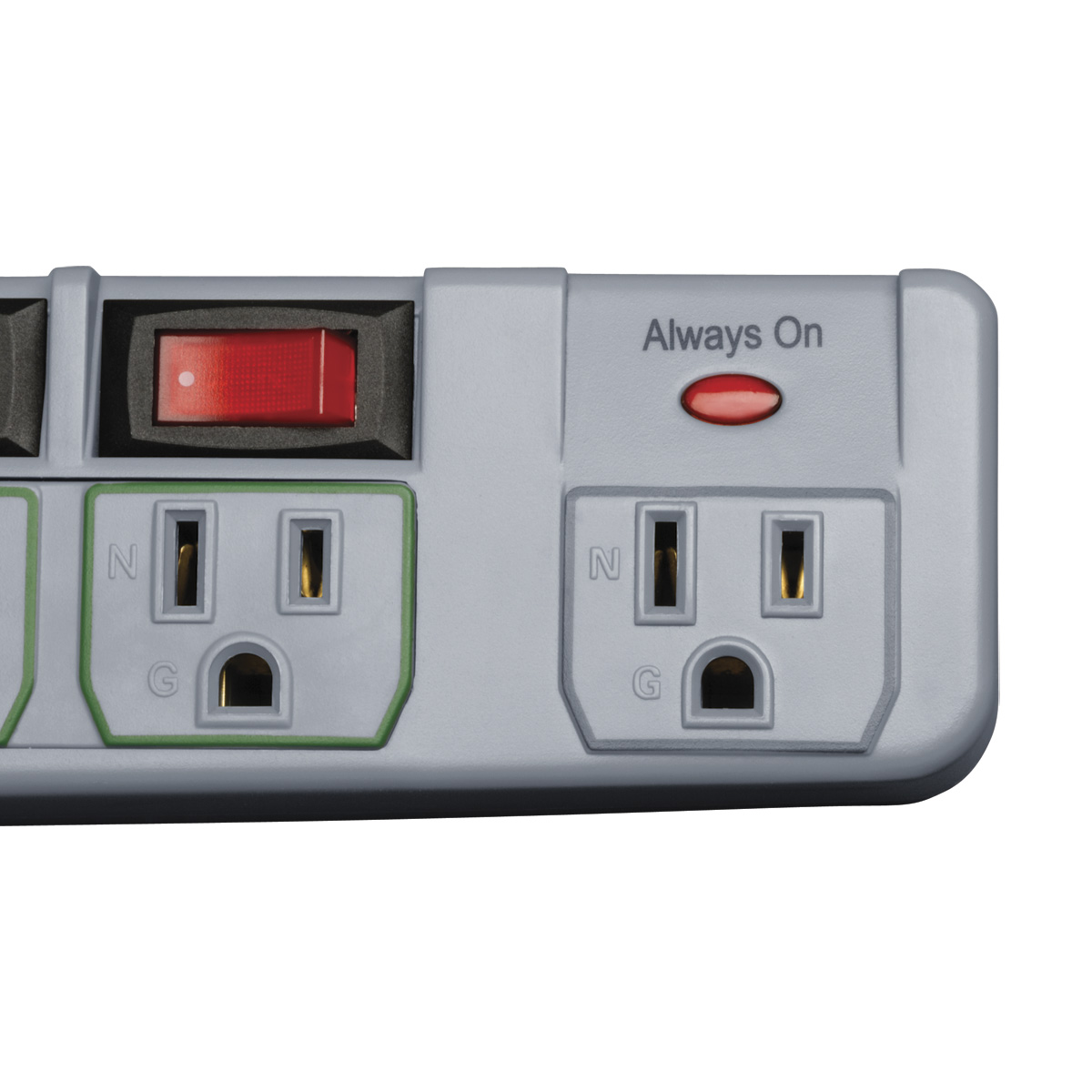
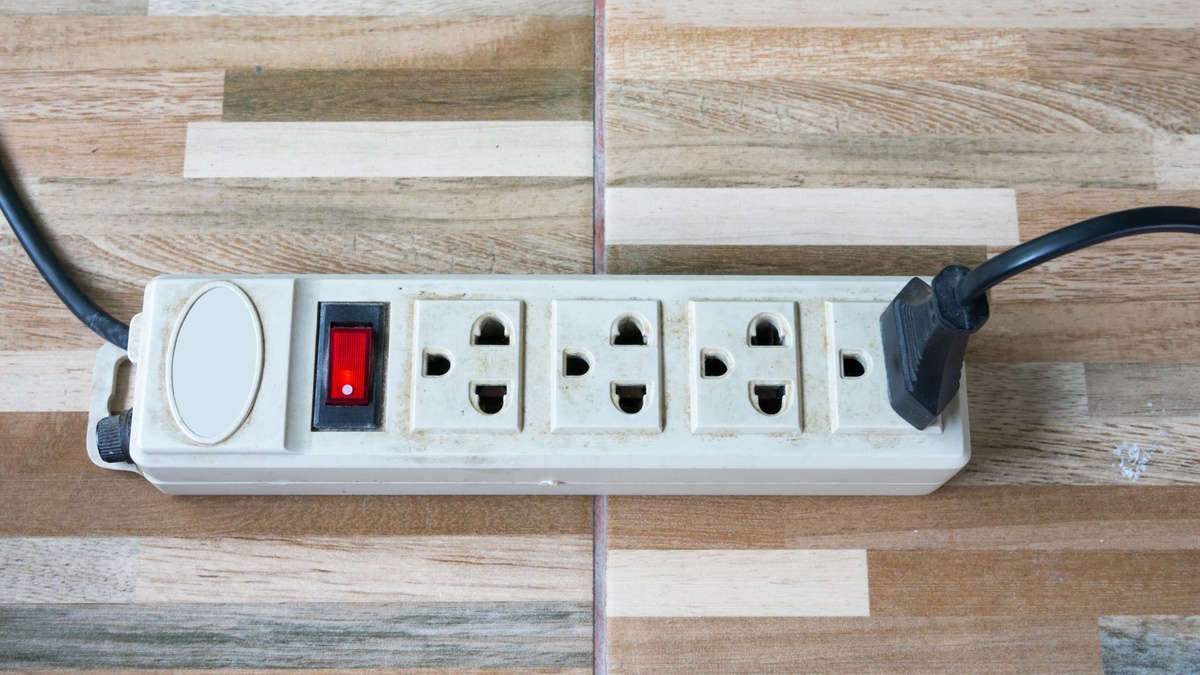
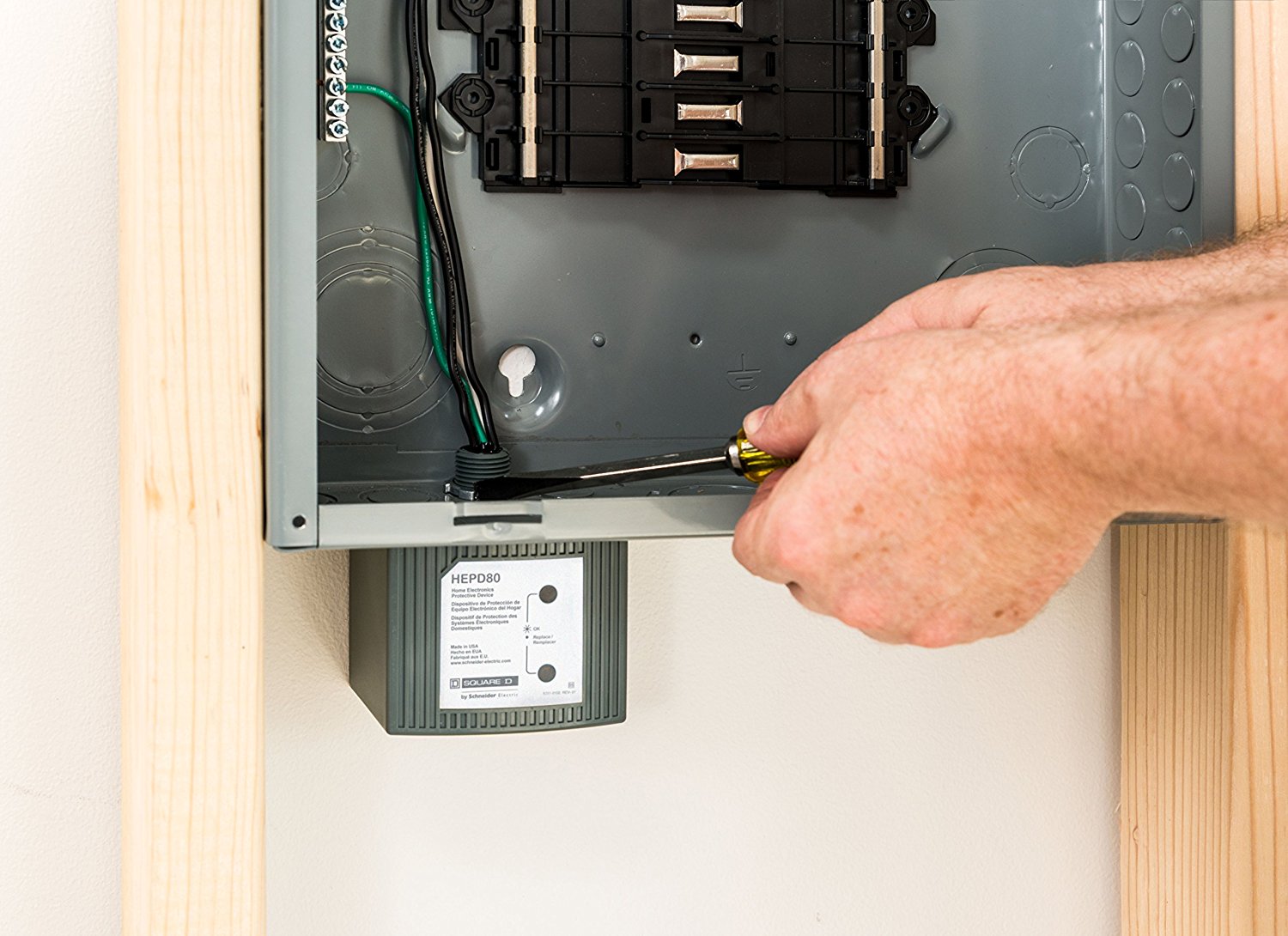
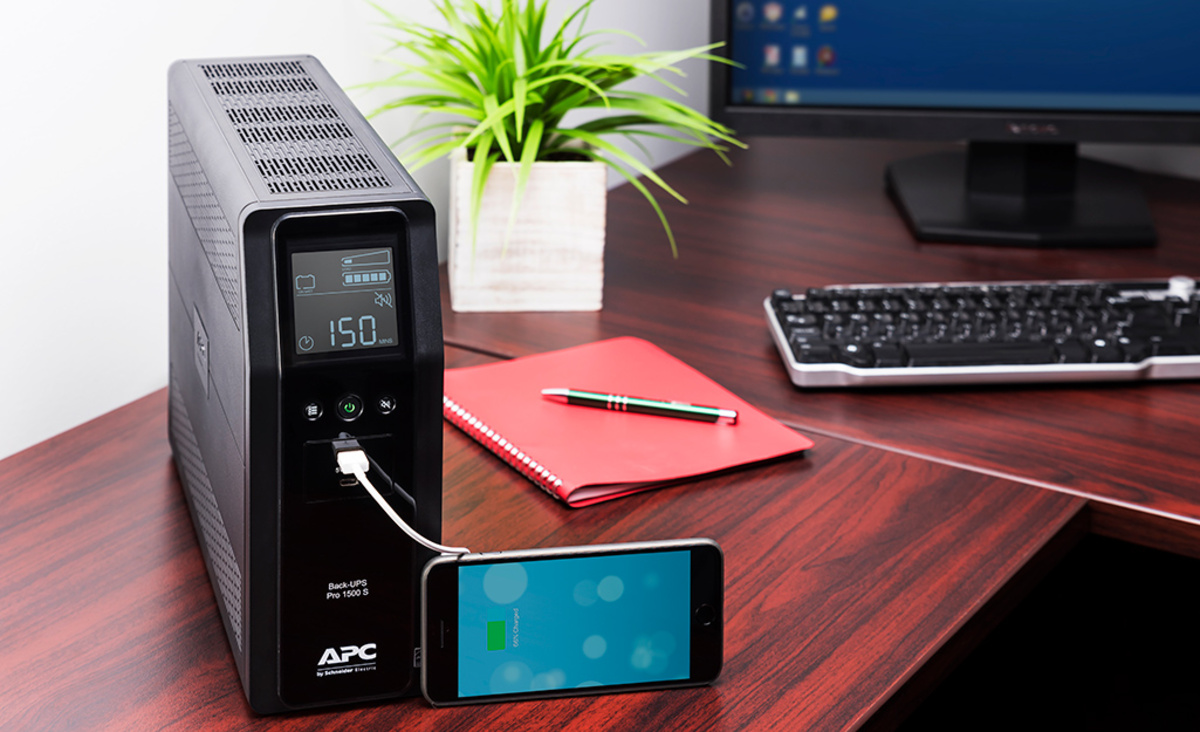
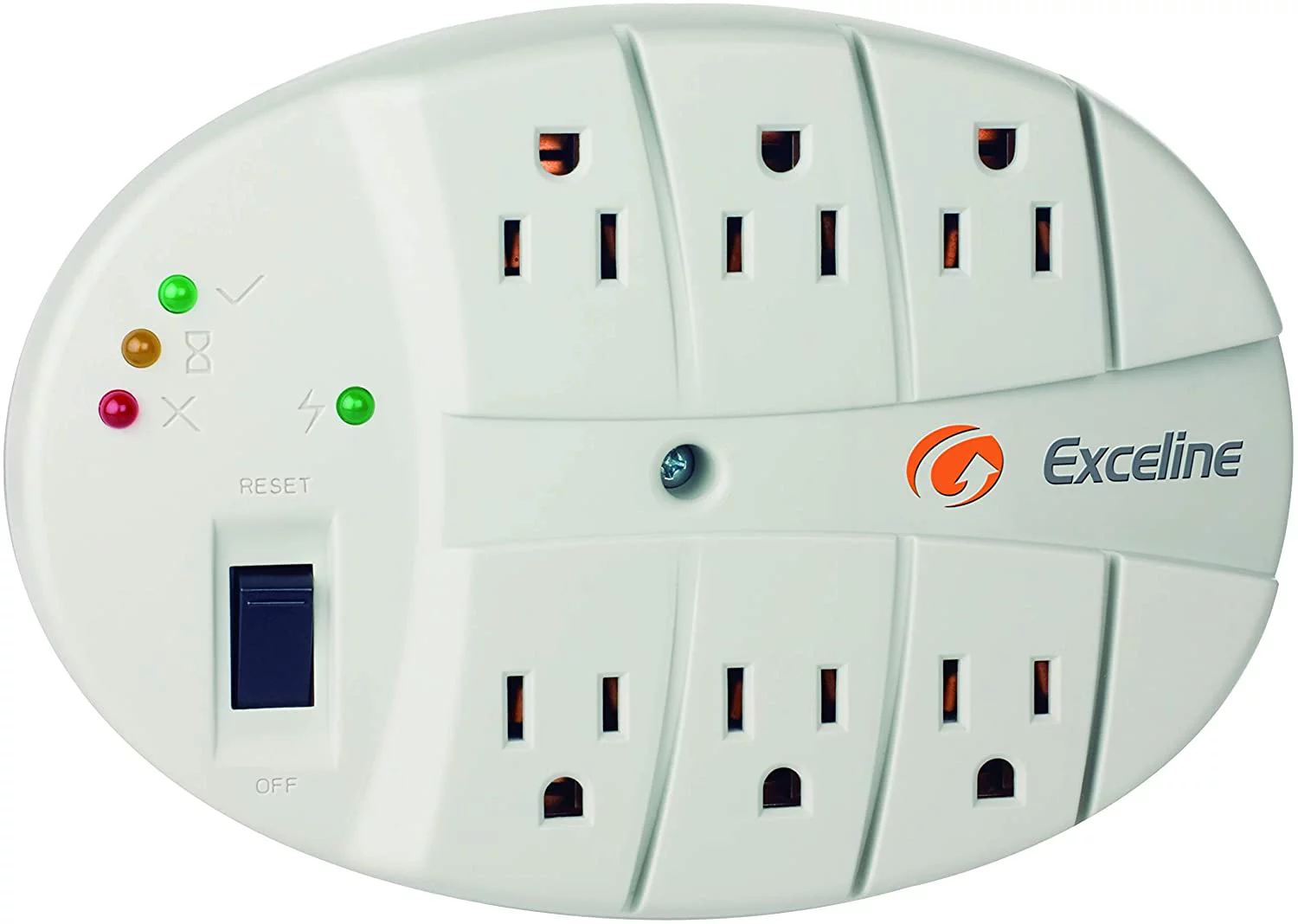
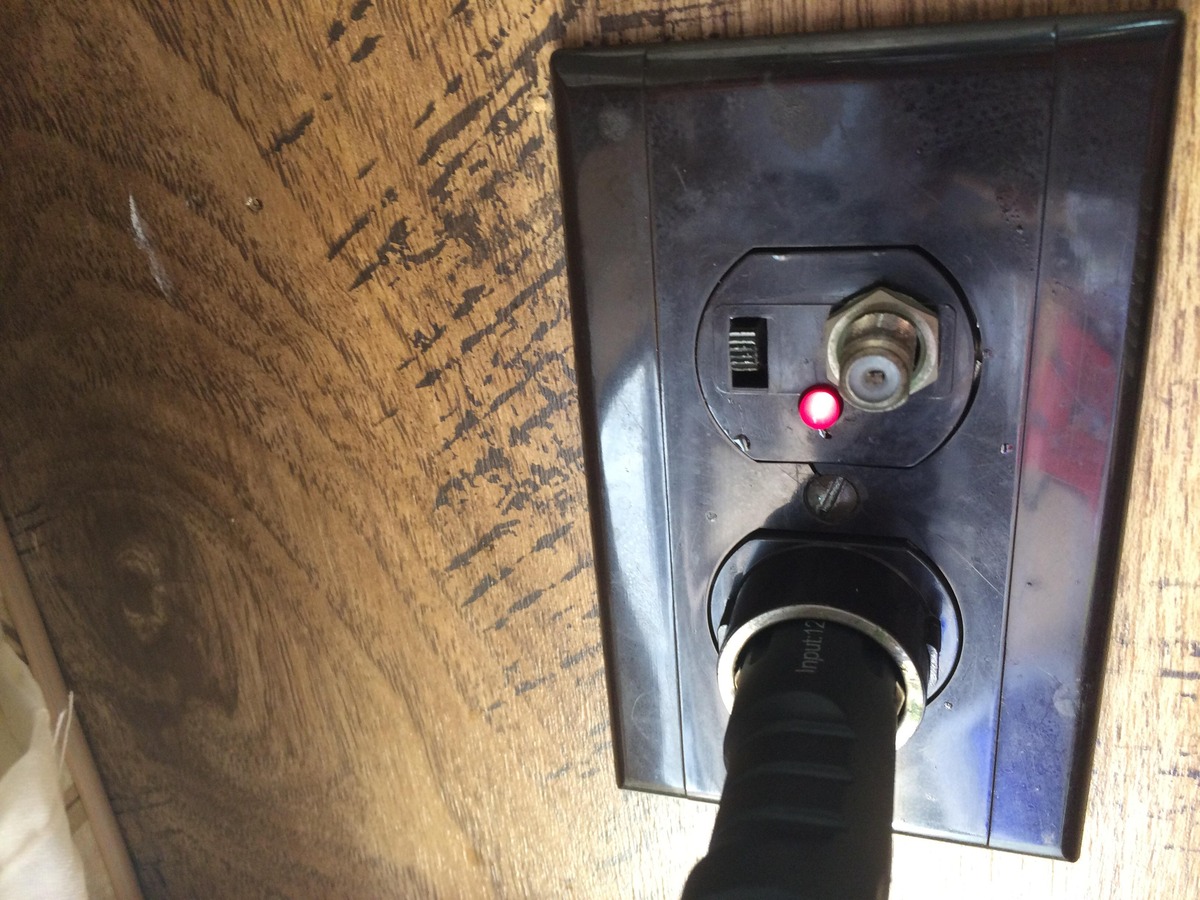
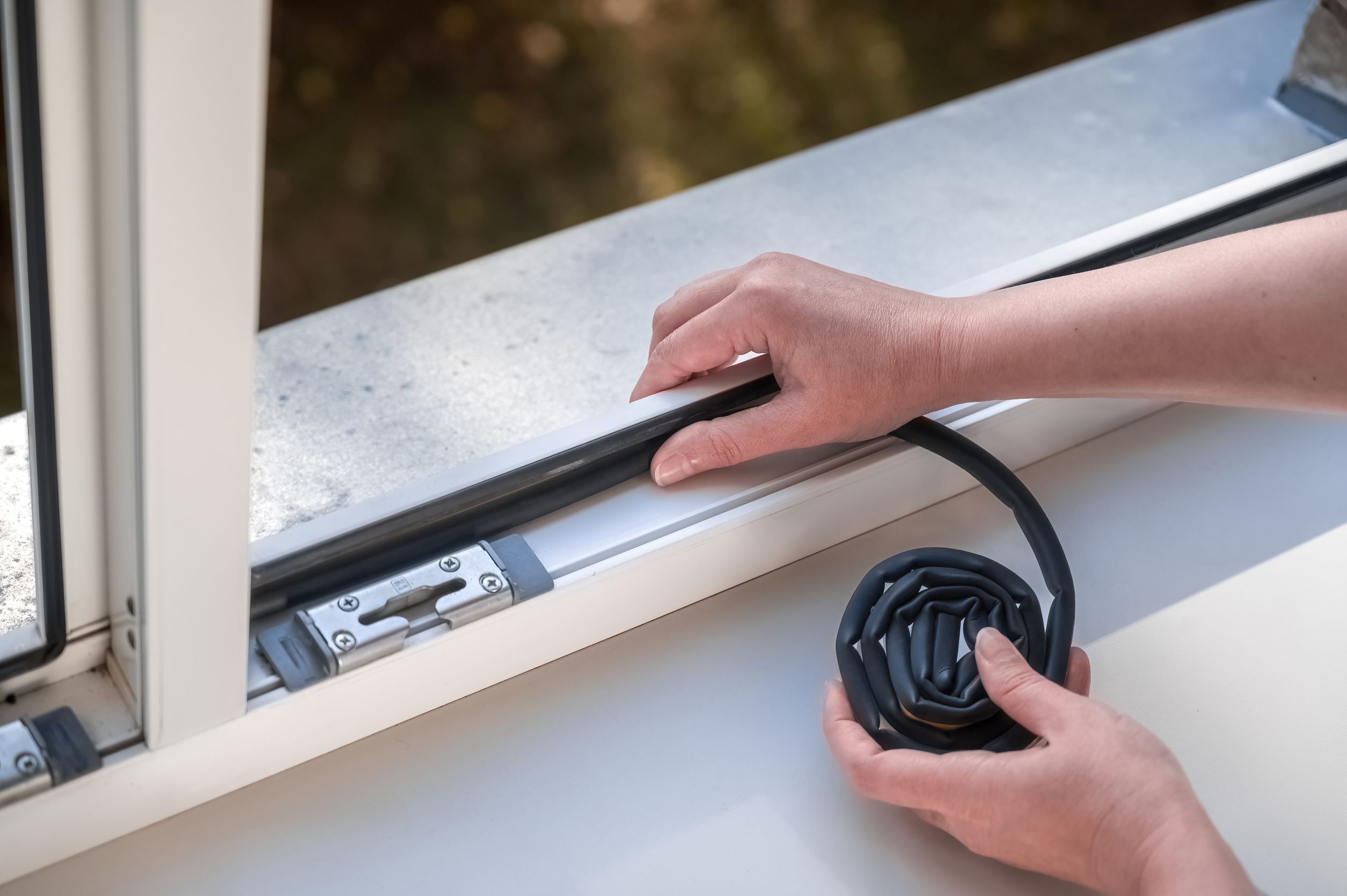
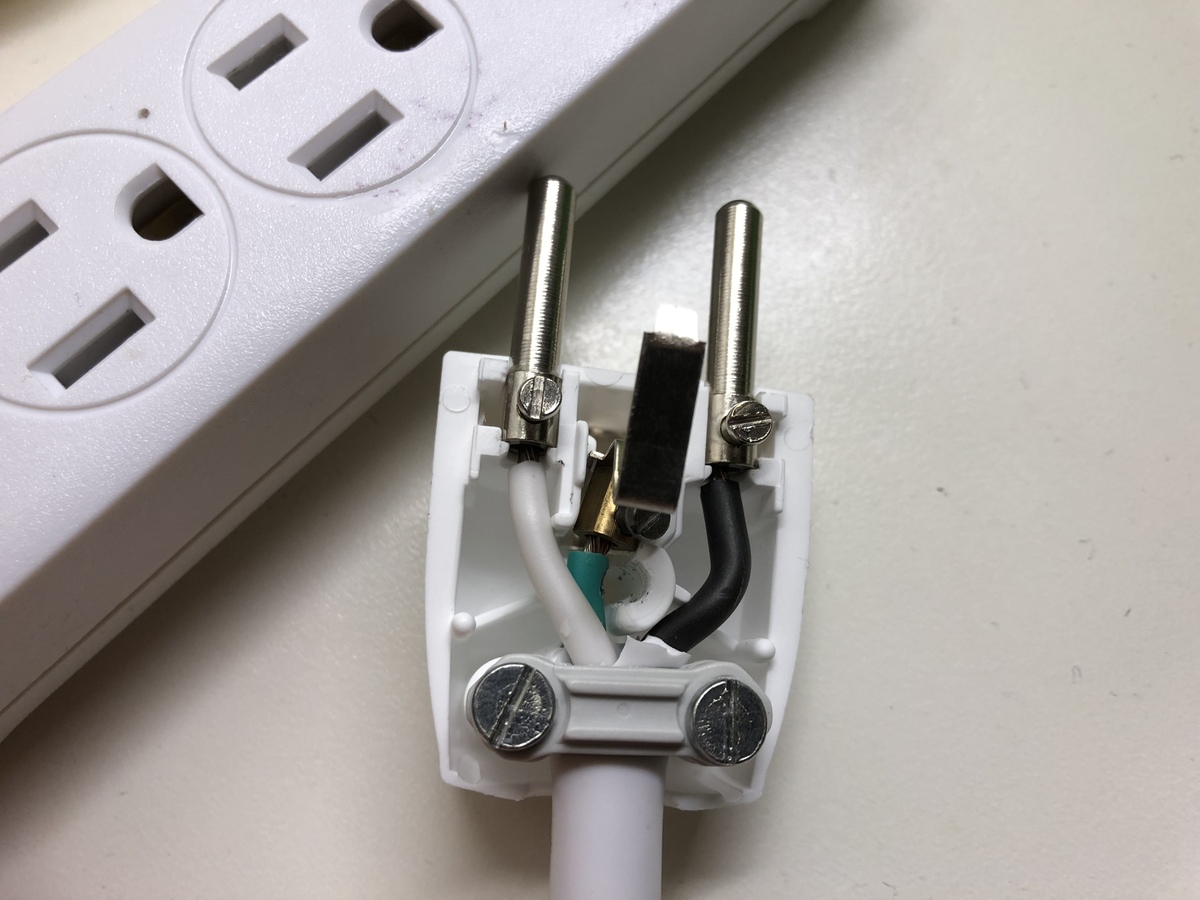
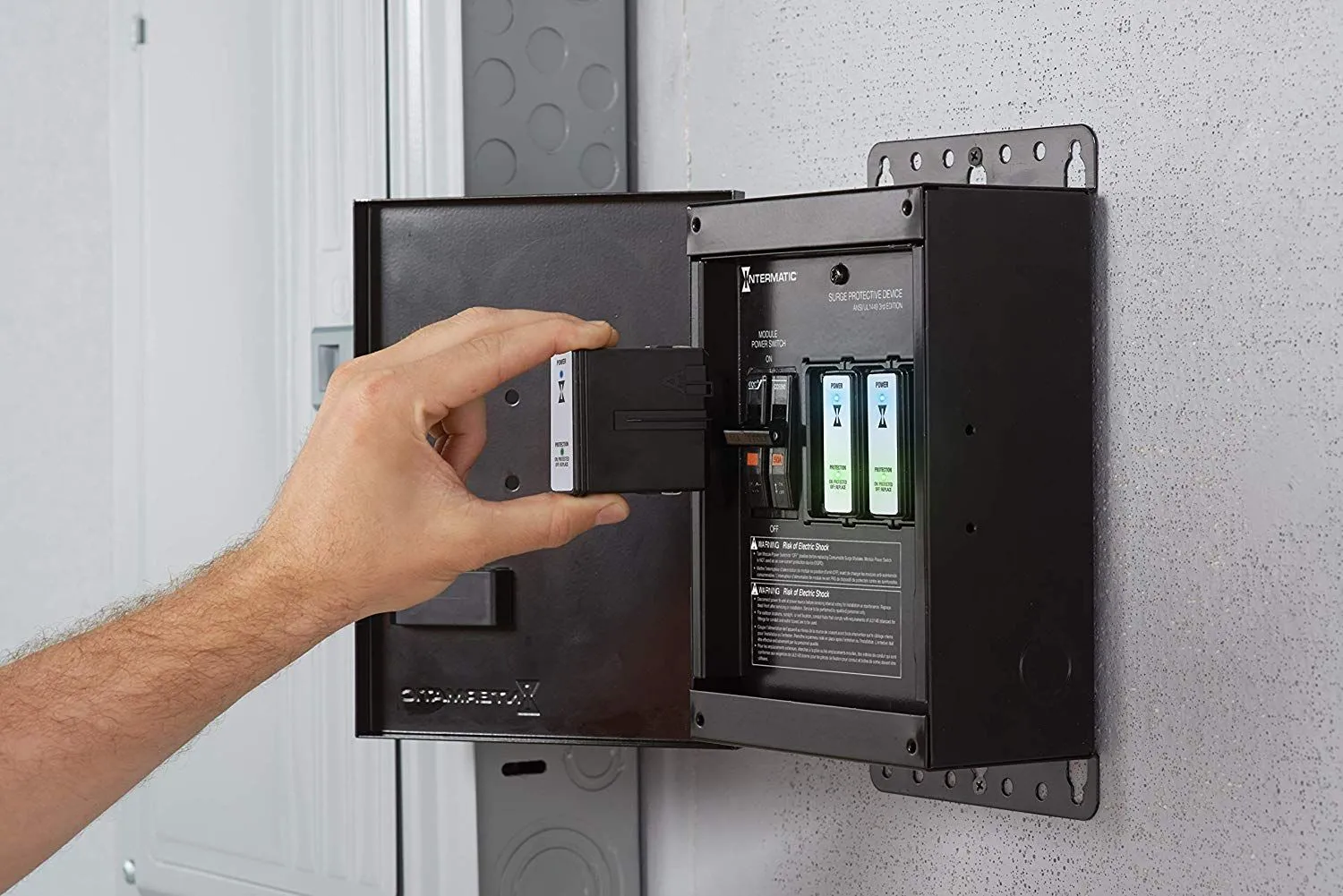
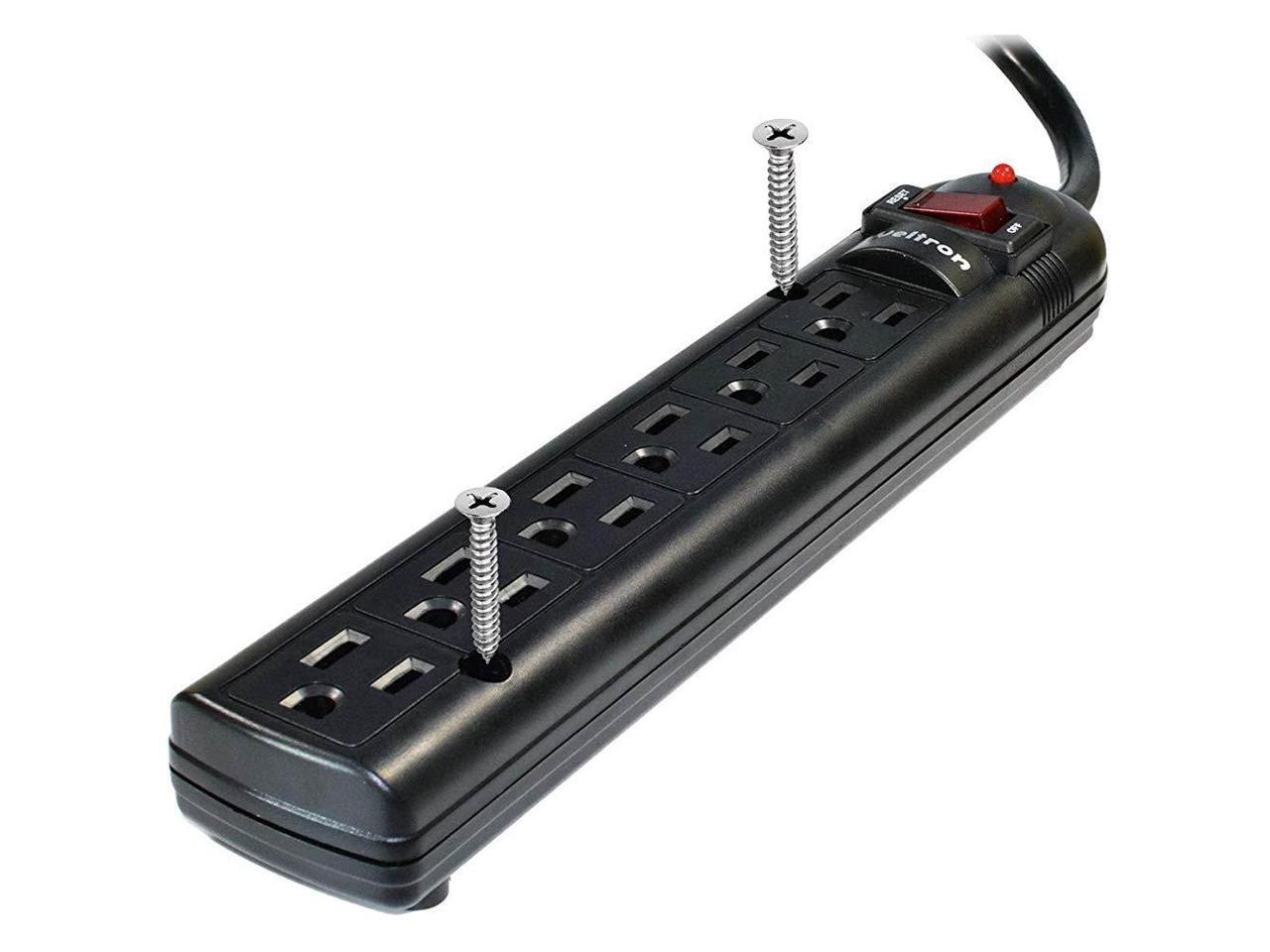
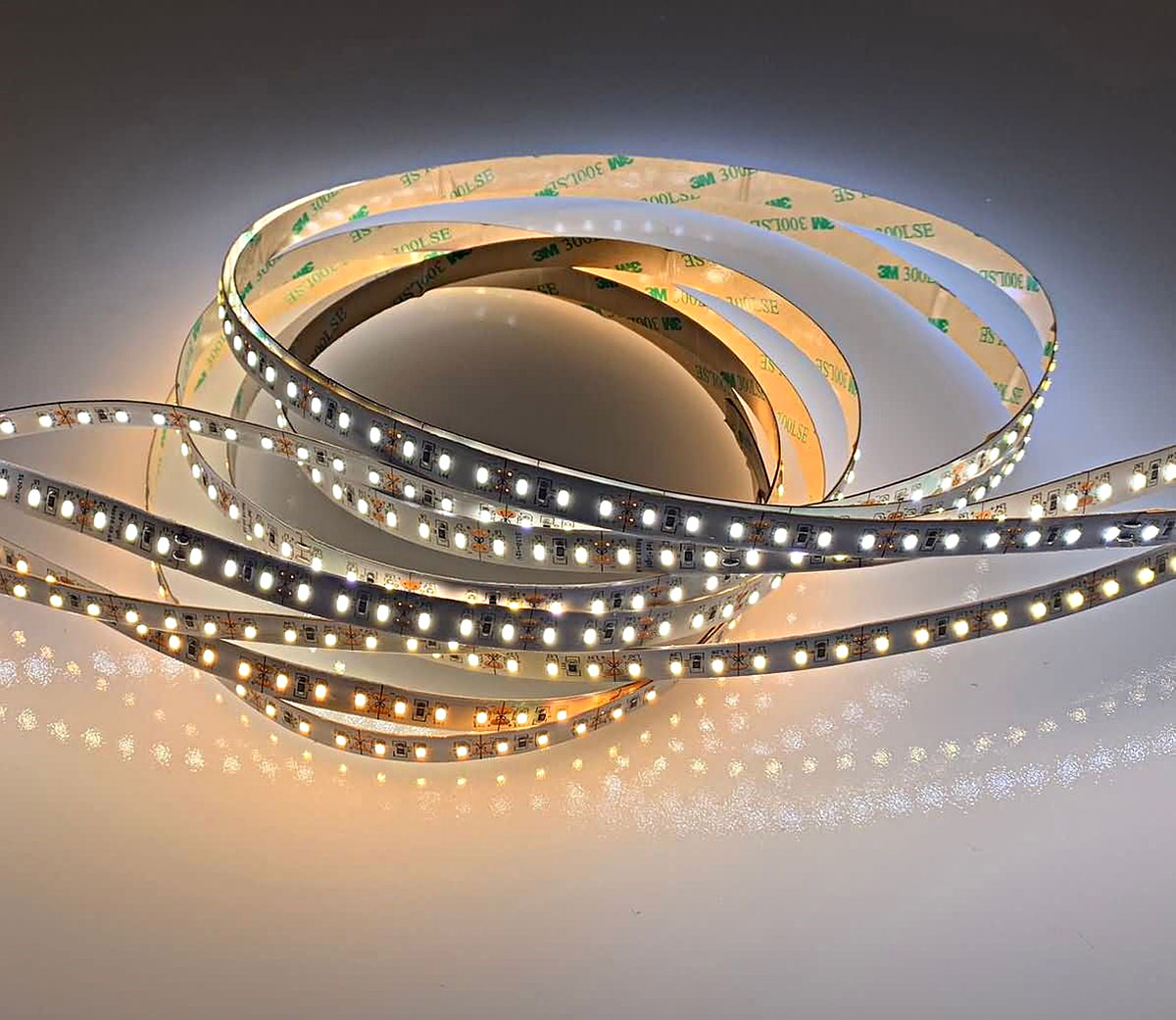
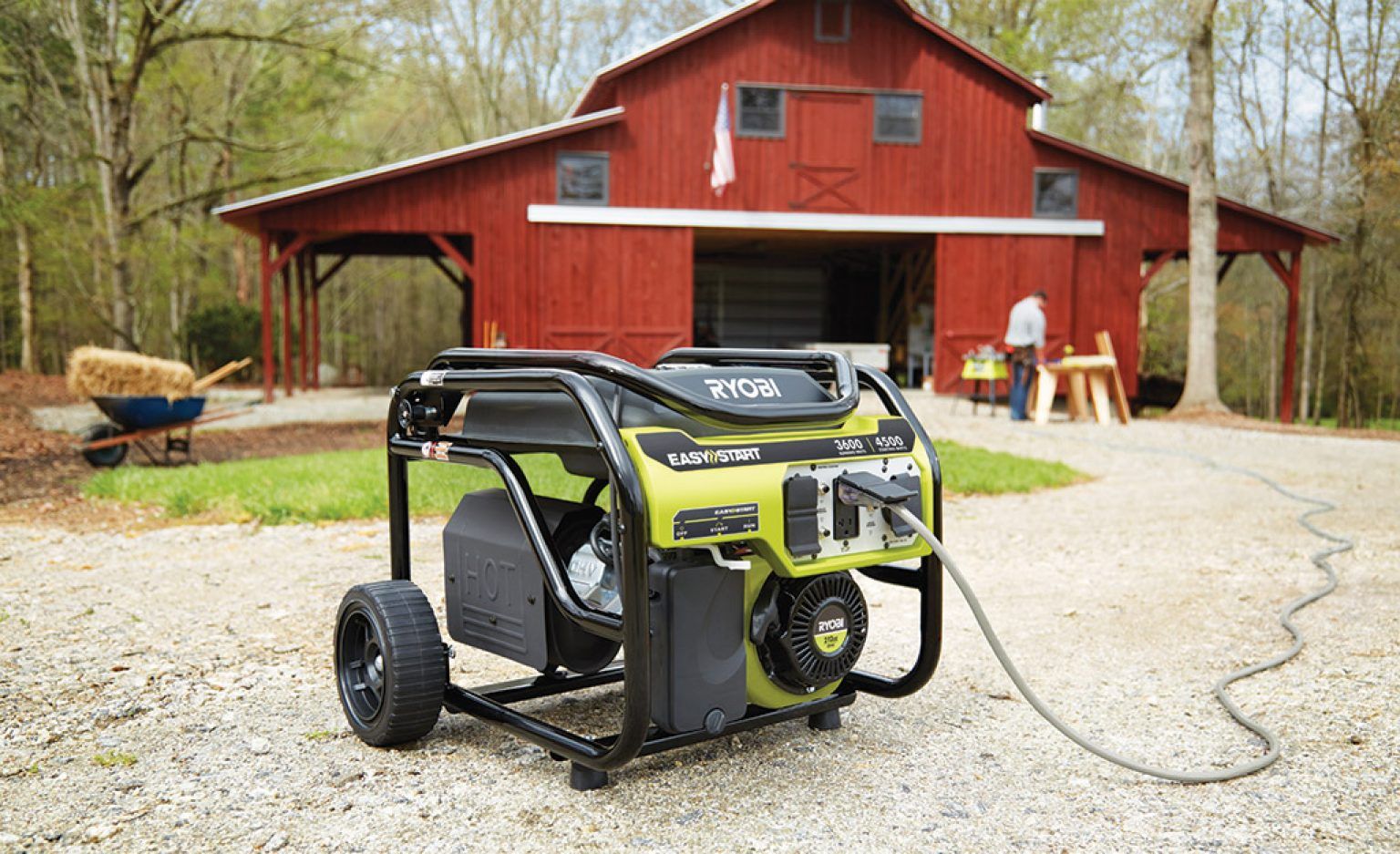

0 thoughts on “What Does A Power Strip Do”